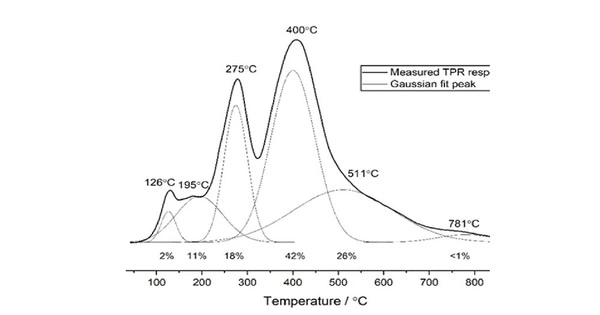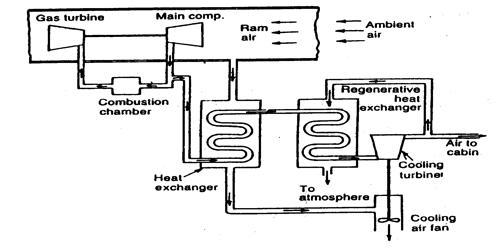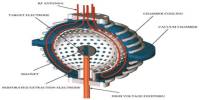A material’s thermo-optic coefficient is the change in refractive index as a function of temperature. This value is likewise affected by the material’s current temperature and hence exhibits second-order behavior. The relationship is linear at low temperatures (0-400°C), while it exhibits second-order polynomial behavior at higher temperatures.
It is a material attribute that defines how the refractive index (n) of a material changes with temperature (T). It is frequently expressed as “dn/dT.” In other words, it quantifies the link between temperature and a material’s optical properties, namely how the refractive index changes as the substance is heated or cooled.
A material’s refractive index is a measurement of how much light is twisted or refracted as it passes through it. It is critical in many optical phenomena, including the behavior of light in lenses, prisms, and fiber optics. When a material’s temperature varies, its refractive index changes, which can have serious consequences for optical systems and devices.
The thermo-optic coefficient, which is usually represented in 1/°C or 1/K units, quantifies the change in refractive index per unit change in temperature. The specific value of the thermo-optic coefficient varies depending on the substance. Some materials have a positive thermo-optic coefficient, which means their refractive index increases with temperature, while others have a negative coefficient, indicating that their refractive index decreases with temperature.
Applications
The connection can be employed in temperature monitoring by Fibre Bragg Gratings (FBGs), where a Bragg’s Wavelength shift of 1pm per 0.1°C temperature change can be recorded if no physical strain is applied.
When designing and working with optical systems and devices, researchers and engineers take the thermo-optic coefficient into account, especially in applications where temperature changes are substantial. Understanding how the refractive index of a material changes with temperature is critical for maintaining the performance and stability of optical components and systems under a variety of environmental circumstances.
















